Home » The Complete Guide to Choosing Custom Die-Cut Foam for Packaging
The Complete Guide to Choosing Custom Die-Cut Foam for Packaging
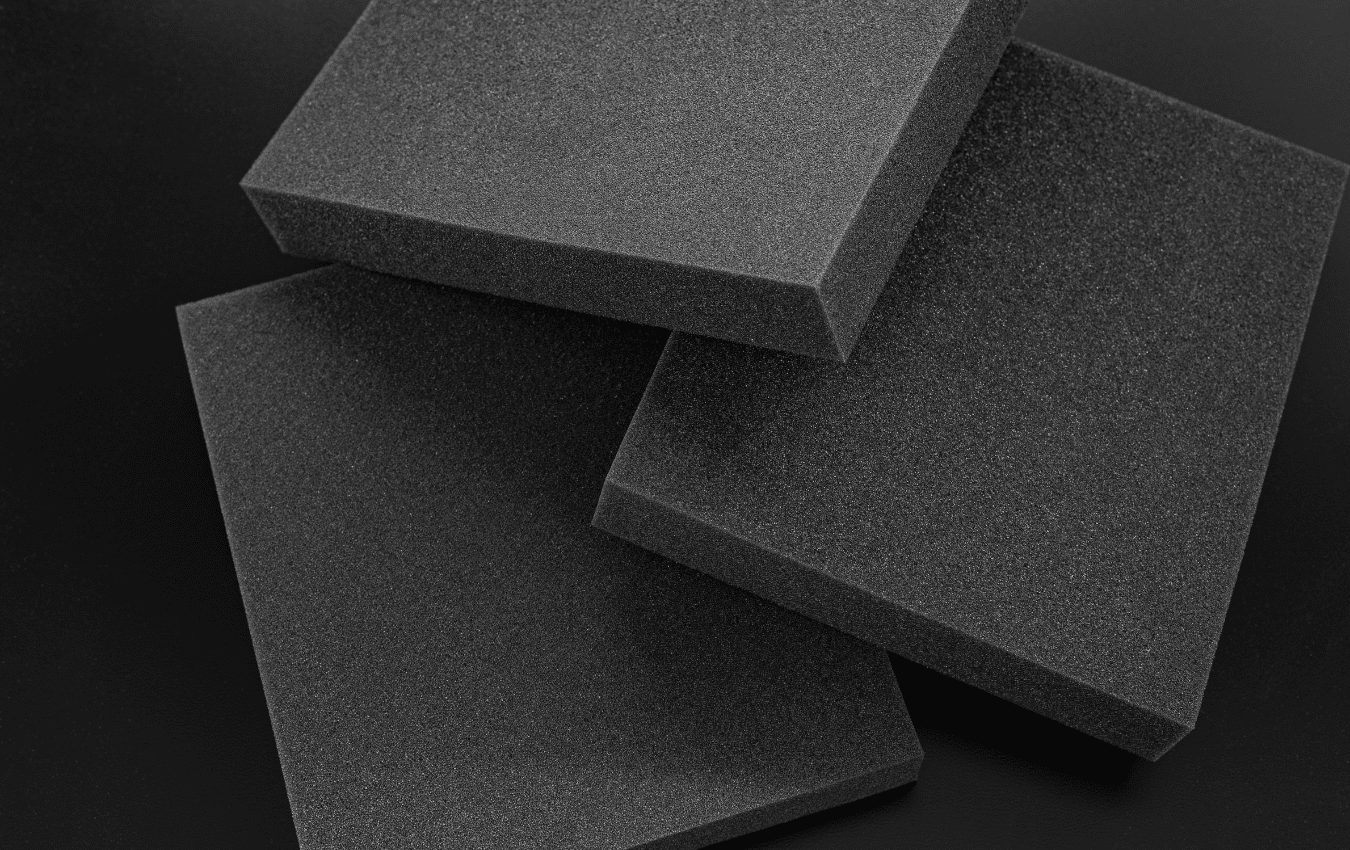
Packaging is a crucial aspect of any business that deals with physical products. Custom die-cut foam is a popular packaging material that offers excellent cushioning and protection to the product during transportation and storage. However, before buying custom die-cut foam for packaging, packaging buyers (businesses) should consider several factors to ensure that they choose the right foam for their product.
Foam Types
Packaging buyers should know that there are different types of foam available in the market, including polyethylene (PE) foam, cross-linked polyethylene (XLPE) foam, polyurethane (PU) foam, and polystyrene (PS) foam. Each type of foam has its own set of characteristics, such as density, thickness, color, and durability. The weight and fragility of the product should be considered when selecting the right type of foam.
Customization
Custom die-cut foam offers endless possibilities in terms of customization. The packaging buyer can choose from a wide range of foam colors, thicknesses, and densities to create a unique packaging solution for their product. The foam can also be cut into various shapes and sizes to fit the product snugly. Partner with a foam manufacturer to design a custom foam insert that meets their specific packaging requirements.
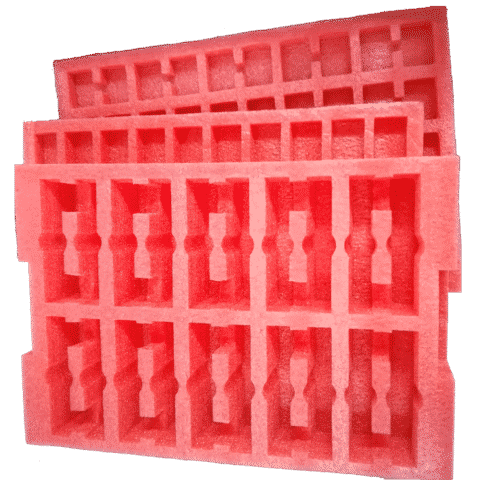
Protection
The primary purpose of custom die-cut foam is to provide protection to the product during transportation and storage. The foam should be able to absorb shock and vibration, preventing any damage to the product. You should ensure that the foam is of high quality and has the right density to provide adequate cushioning to the product. The foam should also be able to withstand temperature changes, humidity, and moisture, especially if the product is being shipped long distances.
Foam Density and Thickness
The foam’s density and thickness are essential factors that affect the cushioning and protection offered by the foam. Low-density foam is suitable for lightweight products, while high-density foam is suitable for heavy and fragile products. Thicker foam is generally better for heavy and fragile products, while thinner foam is suitable for lightweight products. The packaging buyer should work with the foam manufacturer to determine the right foam density and thickness for their product.
Foam Color
Custom die-cut foam is available in a wide range of colors, which helps brands utilize their colors. The foam color can also be used to enhance the product’s presentation and increase brand recognition. However, you should keep in mind that certain foam colors may be more expensive than others.
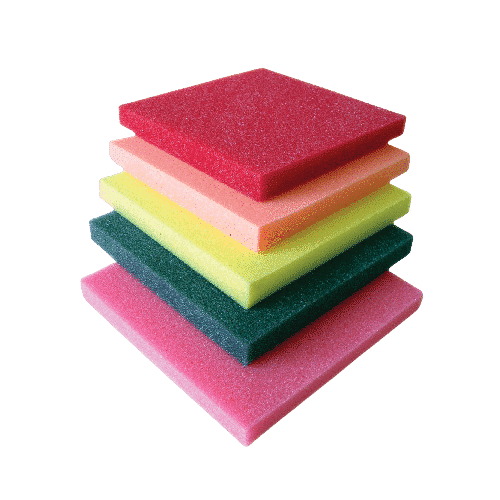
Foam Manufacturing Process
The foam manufacturing process is an important aspect that packaging buyers should consider when choosing a foam supplier. The foam manufacturing process can affect the foam’s quality, consistency, and lead times. Look for a foam manufacturer that uses the latest manufacturing technology and equipment for accuracies and tolerances. It has a proven track record of delivering high-quality foam products. The foam manufacturer should also have a reliable and efficient supply chain to ensure on-time delivery of the foam.
Cost
Custom die-cut foam is generally more expensive than other types of packaging materials. The packaging buyer should factor in the cost of the foam when budgeting for their packaging needs. However, the cost of the foam can be offset by the benefits it offers in terms of product protection, branding, and customer satisfaction. It is important to consider the value of the foam in relation to the product’s value and the customer’s perceived value.
Sustainability
Sustainability is an increasingly important aspect of packaging, and packaging buyers should consider the environmental impact of the foam they choose. Foam is not biodegradable and can take hundreds of years to decompose. The packaging buyer should look for foam manufacturers that use recycled materials or have a closed-loop recycling system in place. The packaging buyer can also consider using other eco-friendly packaging materials, such as paper or biodegradable plastics, instead of foam.
If you are interested in custom foam packaging solutions, then partner with Brown Packaging today to get started.
Corrugated board comes in multiple flute sizes and wall grades, each designed to balance strength, weight, and cost. Selecting the wrong grade can lead to
As tariff changes reshape global trade, packaging buyers moving production from China to the U.S. or nearshore regions face a new challenge: supplier qualification. Transitioning
With new tariff proposals and continued trade uncertainty, 2026 is shaping up to be another pivotal year for packaging sourcing strategy. Many companies that shifted
Following multiple rounds of tariff changes and trade policy adjustments, 2026 marks a turning point for U.S. packaging buyers. Many who previously transitioned from China
Shifting packaging production from China to the U.S. can help stabilize costs, reduce tariff exposure, and shorten lead times. But the transition process requires careful
RSC boxes are known for their efficiency and versatility, but their performance ultimately comes down to strength. Buyers often see numbers like ECT, BCT, and
Home » The Complete Guide to Choosing Custom Die-Cut Foam for Packaging
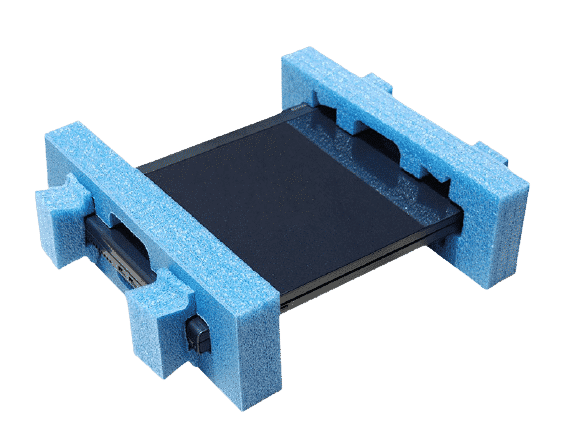
Packaging foam is essential for protecting products against shocks, vibrations, and other potential damages during transportation and storage. Understanding the different types of packaging foam
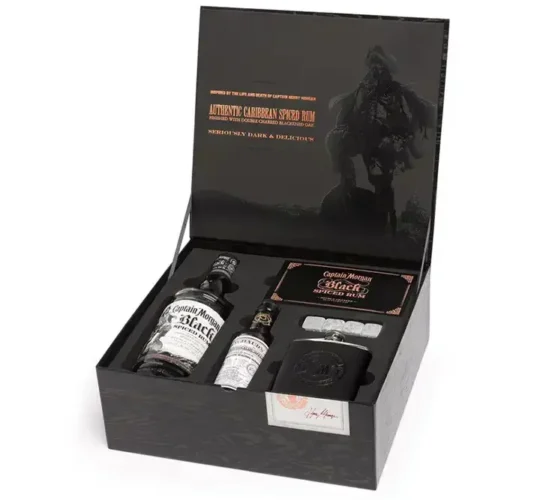
Internal components, such as delicate electronics, mechanical parts, or fragile materials, require specialized protective packaging to ensure they arrive intact and functional. Whether you’re shipping
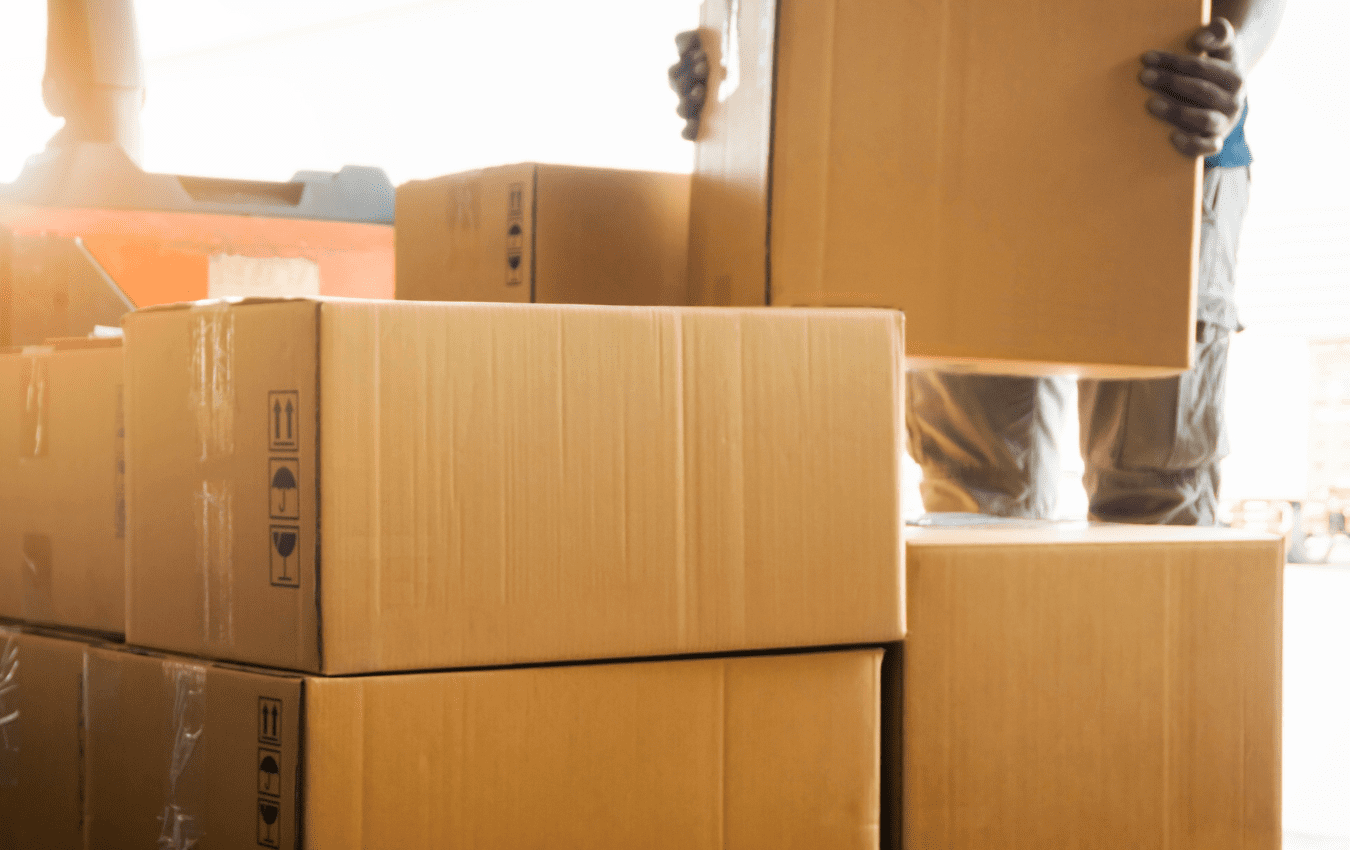
Packaging plays a crucial role in protecting products during transportation and handling. However, not all packaging materials, such as corrugated are created equal, and choosing


